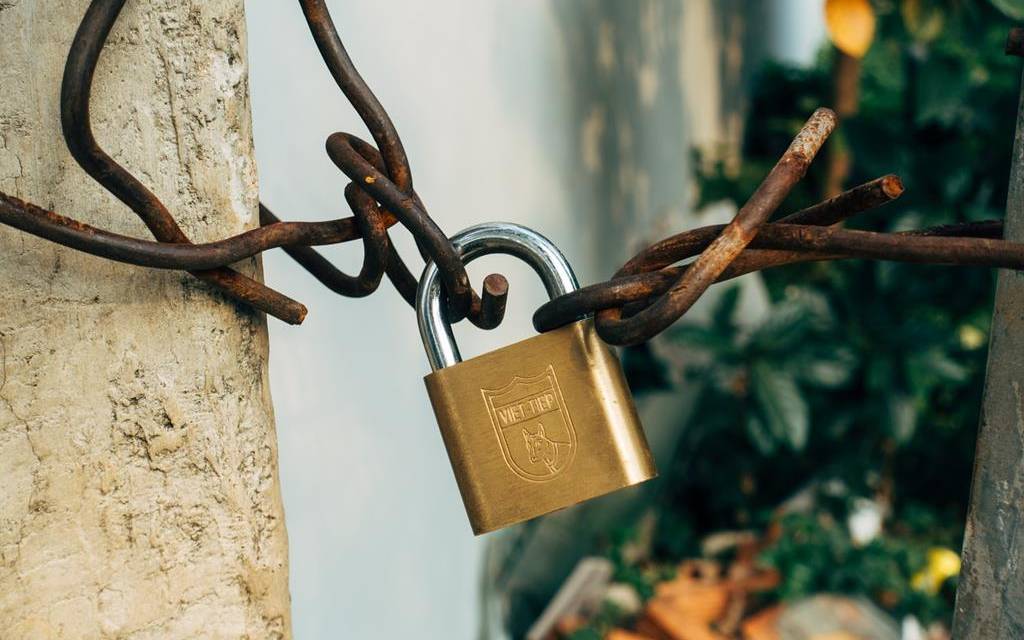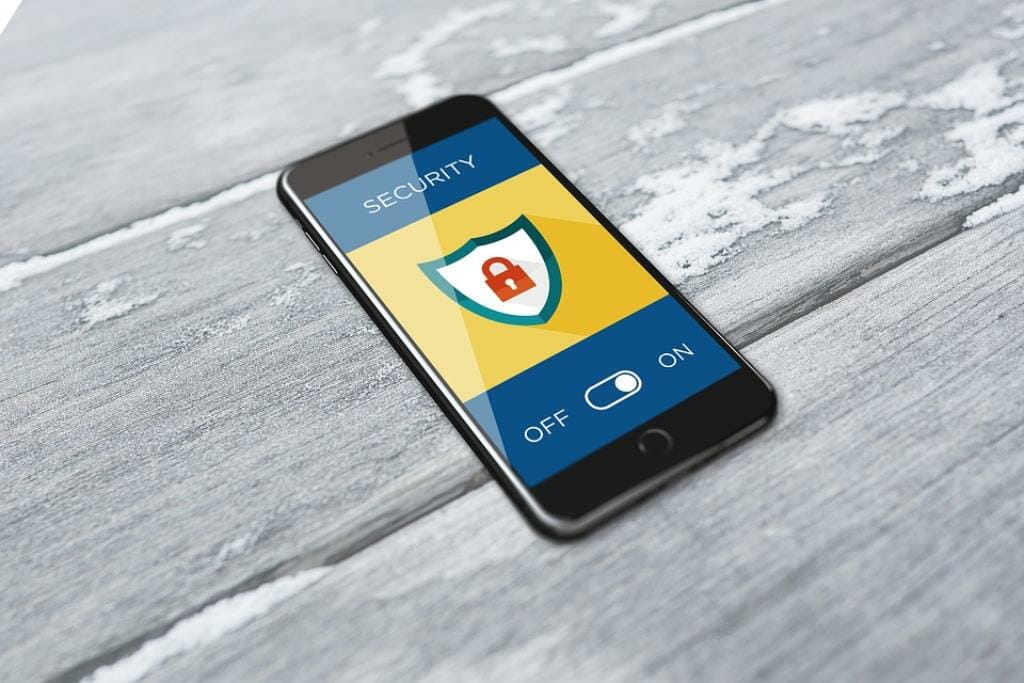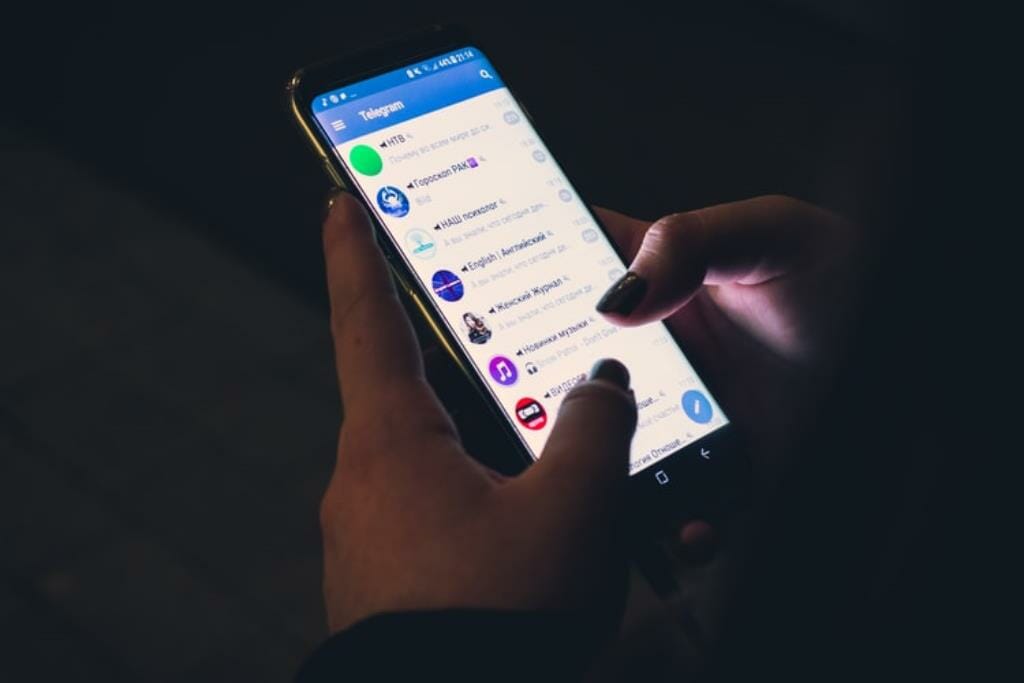Privacy is one of the most discussed subjects in the world at the moment. Since Facebook’s Cambridge Analytica Scandal of 2018, people have become more concerned about what they say or share online. The scandal was a turning point that made many other tech giants improve on their security and data sharing policies.
Among the various methods used to protect user privacy today, one of the key methods is end-to-end encryption. There are many messaging apps that use this feature to ensure that user conversations stay secret and do not gets into the wrong hands.
Let’s take a look at end-to-end encryption in detail!
What is so special about end-to-end encryption (E2EE)?
The contemporary methods of communication were not as secure as E2EE encryption. Here is why.
Services like Gmail and Hotmail do not use end-to-end encryption. As they possess the keys to decrypt your messages on the way, they can easily read your messages if they want. Thus, many people might choose more private email services.
It is not the case with end-to-end encryption. In E2EE, no one in between the sender and the receiver can read the messages, whether it is the company, the hacker, or the government. End-to-end encryption ensures that all your communications stay between you and the receiver.
For this, the messages are encrypted before sending on your device and are decrypted after receiving on the receiver’s device.
How does end-to-end encryption work?
Image source: Pixabay.com
The process of end-to-end encryption is pretty easy to understand. Let’s say there are two people: Lucy and Steve. Lucy needs to send a message to Steve via a messaging app that uses end-to-end encryption.
Steve has two keys, a public and a private key. Using the public key belonging to Steve, Lucy sends the message “Hi!” to Steve.
On Lucy’s phone, the message is encrypted using the public key of Steve. Encryption converts the message into a scrambled cyphertext, and it is sent over the network. This message may pass through several servers on the way to the receiver. The good thing is that no server would be able to decrypt it in transit as the private key to encrypt it is with Steve.
When the message reaches Steve’s phone, the device will use the private key to reveal the contents of the message. So, in the entire process, no one was aware of the message’s contents except Lucy and Steve. This is what end-to-end encryption is all about.
The same process takes place if Steve has to send messages to Lucy. In this case, Steve will use the public key of Lucy to encrypt the message.
What are the pros and cons of end-to-end encryption?
The super secure method of end-to-end encryption keeps all of your personal interactions secure. Here is how:
- Hack-proof data: As cyberattacks are on the rise, the key benefit that E2EE provides is armor from hacker attacks. As only a few users know what encrypted data is, it is impossible for anyone else to find out. If hackers hack the company server in any case, they may not be able to decrypt the data due to the absence of decryption keys.
- Privacy: You can own control over one of the prized possessions today with E2EE encryption. As all your messages are encrypted, no one will know what you said. It is best for those who run businesses and share financial information through messaging apps like WhatsApp.
- Tamper-proof: E2EE ensures that your messages are tamper-proof while they are in transit.
Other than having remarkable benefits for the users, E2EE also has some minor drawbacks that attract attention like:
- Illicit content sharing: It is not allowed to share unauthorized or illegal content on messaging apps or anywhere else. With E2EE in place, one can fearlessly send such content without being monitored as no one can see the messages. This aspect worries the government and law enforcement agencies.
- Metadata is visible: Yes, E2EE entirely encrypts the messages that you send. However, it does not encrypt the metadata attached to it, like the date and time of sending the messages. Someone interested can easily extract useful information from it.
- Compromised endpoints: E2EE deals with defining proper endpoints without which the data can be decrypted and re-encrypted within the transmission. This may lead to in-transit data loss or hacking. In some E2EE implementations, the endpoints might not be defined clearly, which may lead to issues.
Applications of end-to-end encryption
Image source: Unsplash.com
Today, end-to-end encryption is primarily used in messaging applications. Some of the best messaging apps that use E2EE are:
- Signal
- Telegram
- Viber
Final Words
End-to-end encryption is the best way to keep all your conversations protected. However, you may not have this feature everywhere, like on Google, Instagram, etc. So, it is necessary to back yourself with robust security measures. One of those security methods is installing a VPN for browsing. It keeps all of your online activity hidden and your identity anonymous. In essence, it encrypts your entire internet traffic, making it impossible to spy on your activities.

















